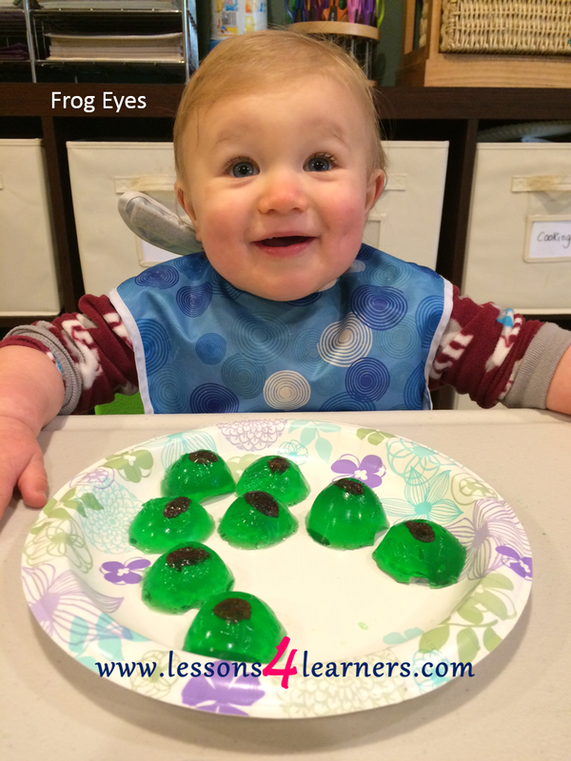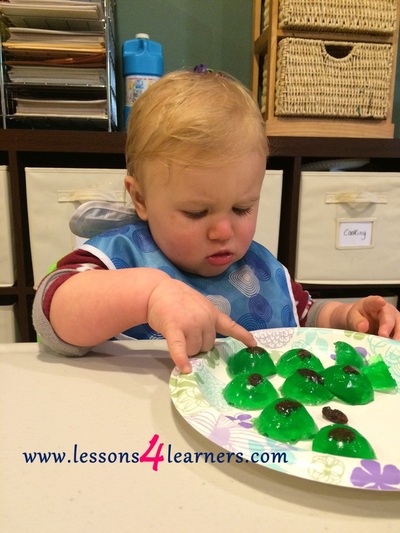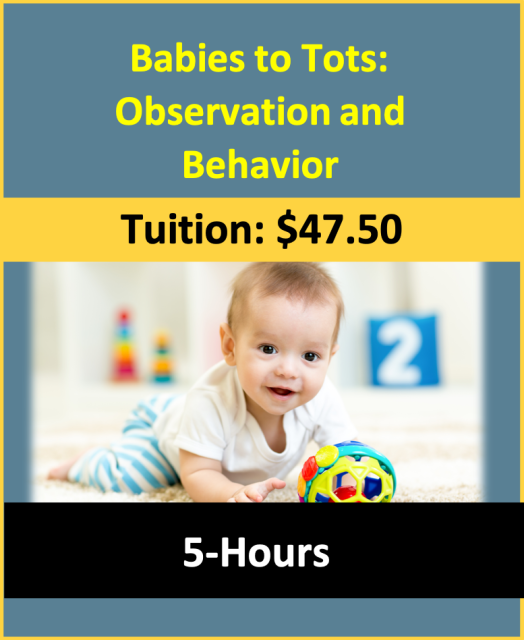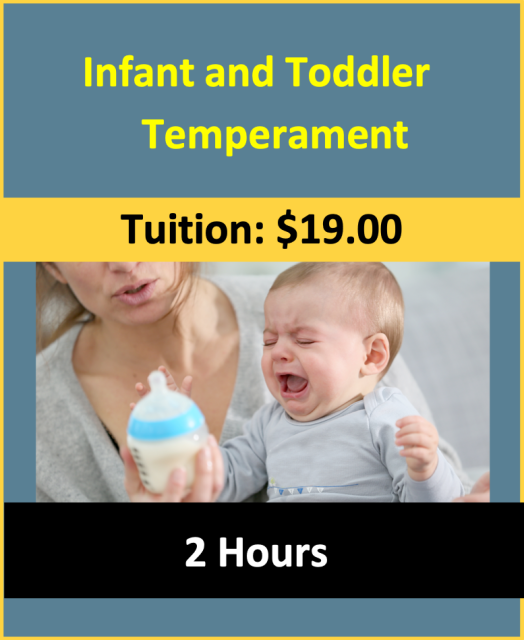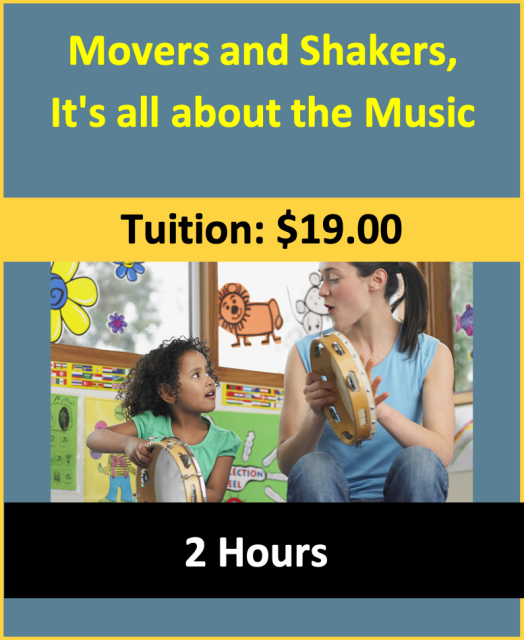Jell-O Frog Eyes
Lesson Plan:
|
Activity:
Jell-O Frog Eyes
Lesson plan developed by Ms. Erika Geelhoed, BA Ed
Age Group:
* Lesson plan objective and assessment can be adapted to use this activity with preschoolers.
Objectives:
Children will:
|
|
Click on the photos to enlarge.
|
II.4.3a
Materials:
|
Procedure:
- Prepare for lesson by creating Jell-O eggs.
- Follow instructions on Jell-O package.
- While that is cooking, place the bottoms of the plastic Easter eggs in the open egg carton.
- Spray with cooking spray.
- When Jell-O is ready, pour into eggs.
- Add a raisin to each egg and chill them overnight.
- The next day, pop the eyes out, and let the children use their senses.
Assessment:
- Observe and record the children’s reaction to the new textures and tastes.
Note: Please provide appropriate supervision to the children in your care when completing all activities. You will need to decide what types of activities are safe for the children in your care. Appropriate and reasonable caution should be used when providing art and sensory experiences for children. Toddlers require special caution, only use non-toxic materials, and do not allow toddlers to put things in their mouths that are a choking hazard.
Click on the course icon for enrollment information.
How Infants and Toddlers Learn
Infants and toddlers learn through all of their senses by touching, smelling, hearing, seeing and tasting the items in their environment. They gain valuable information about their world. This interaction with materials offers experience and knowledge upon which to build later experiences.
|
Recent brain development research has given us valuable information for working with young children. We now know that while the physical brain is developed at birth, the early experiences of children have a huge influence on brain development. Synapses are connections that form between neurons in the brain. Exploring new materials allows new synapses to form. These connections in the brain help various parts of the brain work together to process information more effectively and to derive meaning from the sensory experiences in which children take part. Repeated exposure to positive interactions and experiences builds stronger connections that can be maintained through life.
|
